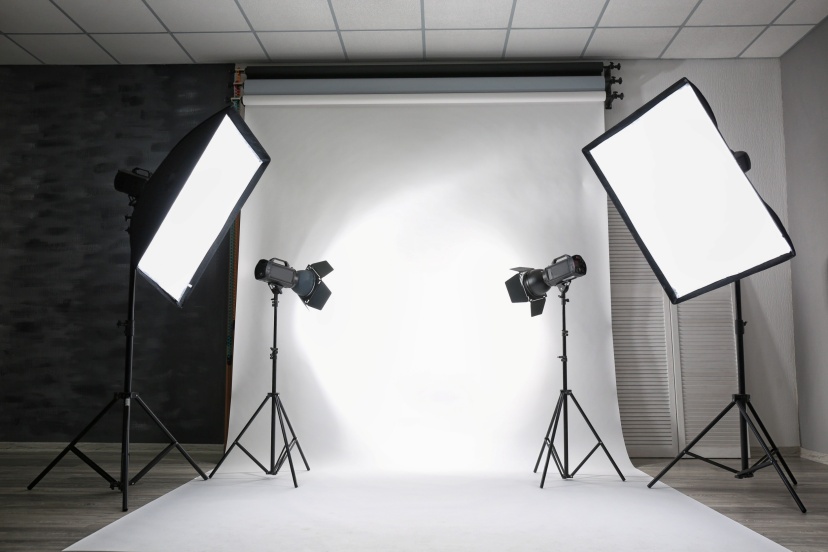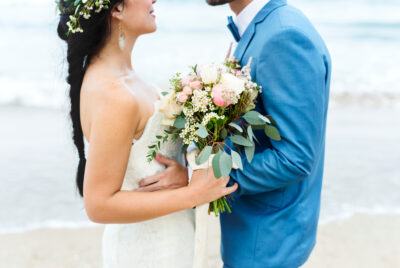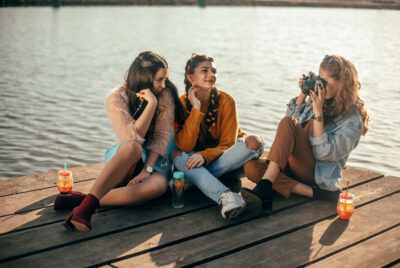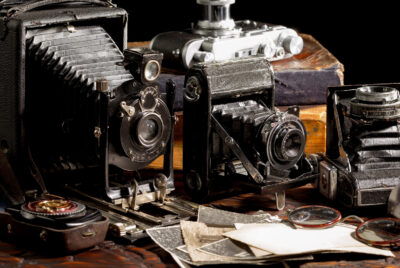Photography Light Box: Enhance Product Photography with Professional Results
As a keen photographer and someone who is passionate about capturing stunning product images, I understand the importance of having the right equipment to achieve the desired results. One essential tool that every product photographer should consider is a photography light box. In this article, I will guide you through the process of selecting or creating a photography light box, providing helpful suggestions along the way.
Understanding Photography Light Boxes
A photography light box, also known as a light tent or a photo cube, is an enclosed space with translucent walls that diffuses light evenly onto the subject. It creates a soft, shadow-free environment that minimizes reflections and highlights the true colors and details of the product being photographed. Whether you are selling products online, creating content for your blog, or simply capturing memories, a photography light box can significantly enhance the quality of your images.
Benefits of Using a Light Box
Using a photography light box offers several advantages over traditional lighting setups. Firstly, it provides consistent lighting conditions, ensuring that each product photograph has the same lighting quality. This is crucial for e-commerce businesses where customers expect accurate representations of the products they are purchasing. Secondly, a light box helps eliminate harsh shadows and reflections, resulting in a clean and professional look. Lastly, it saves time and effort by simplifying the lighting setup process, allowing you to focus on your creative vision.
Types of Photography Light Boxes
There are different types of photography light boxes available in the market, each catering to different needs and budgets. Let’s explore some popular options:
Portable Light Boxes
Portable light boxes are lightweight, collapsible, and easy to transport. They are suitable for photographers who are always on the move or have limited space. These light boxes often come with built-in LED lights and can be set up quickly, making them ideal for outdoor or on-location shoots.
DIY Light Boxes
Creating your own photography light box can be a cost-effective and rewarding option. By using simple materials like cardboard, white fabric, and LED lights, you can build a customized light box tailored to your specific requirements. DIY light boxes offer flexibility and can be easily modified to accommodate larger products or unique shooting angles.
Professional Light Boxes
For photographers who prioritize quality and have a higher budget, professional light boxes are the way to go. These light boxes are typically made of high-quality materials, feature advanced lighting systems, and offer more control over the lighting conditions. Professional product photographers commonly use professional light boxes in studios or where they require absolute precision and consistency in their work.
Factors to Consider When Choosing a Photography Light Box
When selecting a photography light box, it’s important to consider several factors to ensure it meets your specific needs. Here are some essential aspects to keep in mind:
Size and Dimensions
Consider the size of the products you typically photograph and choose a light box that provides ample space. Make sure the dimensions of the light box can accommodate your subjects comfortably without feeling cramped.
Lighting Options
Look for a light box that offers adjustable lighting options. This will allow you to control the intensity and direction of the light, enabling you to achieve different effects and meet varying lighting requirements.
Material and Durability
Ensure that the light box is made of durable and long-lasting materials. It should be sturdy enough to withstand regular use without losing its shape or structural integrity.
Ease of Use and Portability
If you often travel or have limited space, a portable and easy-to-use light box would be a practical choice. Look for features such as collapsibility, lightweight construction, and hassle-free setup.
Budget
Consider your budget and find a photography light box that offers the best value for money. While professional light boxes may be more expensive, they can provide superior lighting control and durability. DIY options can be cost-effective but may require additional effort and creativity.
Tips for Creating a DIY Light Box
If you are inclined towards a do-it-yourself approach, creating your own photography light box can be a fun and rewarding project. We give you some tips to get you started:
Selecting the Right Box
Choose a box that is spacious enough for your products but not too large to handle. You can use cardboard boxes which are commonly used due to their affordability and accessibility.
Adding Lighting Elements
Integrate LED lights or other suitable lighting sources into your light box. Position them strategically to ensure even lighting distribution.
Choosing Diffusion Materials
Use white fabric, tracing paper, or specialized diffusion materials to cover the openings of your light box. These materials will help soften the light and prevent harsh shadows and reflections.
Creating a Backdrop
Select a backdrop that complements your products and enhances their visual appeal. You can use colored paper, fabric, or other materials that suit the style you are aiming for.
Setting Up and Using a Photography Light Box
Once you have chosen or created your photography light box, it’s time to set it up and start capturing stunning product images. Consider the following tips:
Proper Placement of Lights
Place the lights at an angle that creates soft, even lighting. Avoid direct lighting that may cause harsh shadows. Experiment with different positions to find the most flattering illumination for your subject.
Positioning the Subject
Ensure that you carefully position your products inside the light box, so they are centered and adequately showcased. Use props or stands to hold the products in place if necessary.
Adjusting Camera Settings
Pay attention to your camera settings to achieve optimal results. Adjust the white balance, exposure, and focus to capture accurate colors and sharp details. Use a tripod for stability and to avoid camera shake.
Experimenting with Angles and Compositions
Don’t be afraid to experiment with different angles and compositions. Varying the camera angle and the placement of your subject can result in unique and visually captivating images.
Maintaining and Cleaning Your Light Box
To ensure the longevity and performance of your photography light box, proper maintenance is essential. Here are some tips to keep it in top shape:
Dusting and Wiping the Surfaces
Regularly clean the surfaces of your light box to remove dust, fingerprints, or any other unwanted debris. Use a soft cloth or a gentle cleaning solution to avoid damaging the materials.
Replacing Damaged Lights or Parts
If any lights or components become damaged or stop working, promptly replace them to maintain consistent lighting conditions. Check for loose connections and make necessary adjustments.
Storing the Light Box Properly
When not in use, store your light box in a clean and dry environment. Keep it protected from excessive humidity, heat, or direct sunlight. Proper storage will help prolong its lifespan.
Conclusion
We recommend that a photography light box is an invaluable tool for anyone involved in product photography. Whether you choose to purchase a ready-made light box or create your own, it can significantly enhance the quality of your images by providing consistent lighting and eliminating shadows and reflections. Consider your specific needs, budget, and creative preferences when selecting or building a light box. With the right equipment and techniques, you can capture professional-looking product images that will captivate your audience.
FAQs
1. Q: What kind of lighting is best for a photography light box?
A: LED lights are a popular choice for photography light boxes due to their energy efficiency and cool temperature.
2. Q: Can I use a photography light box for other types of photography?
A: Yes, a light box can be useful for various types of photography, including macro photography and small object photography.
3. Q: Do I need professional photography skills to use a light box?
A: Not at all. You can use a photography light box which is designed to simplify the lighting process and enhance the quality of your images, making it suitable for photographers of all skill levels.
4. Q: Can I use natural light instead of artificial lighting in a light box?
A: While you can use natural light, it may be more challenging to control and may vary depending on the time of day and weather conditions.
5. Q: How do I clean a photography light box?
A: Use a soft cloth or gentle cleaning solution to wipe down the surfaces of your light box. Avoid using harsh chemicals or abrasive materials that may damage the materials.
Further reading
Check out our other relevant articles:
Monthly Prize Draw: FREE with Chances to Win $100 Amazon Vouchers!





Comments are closed.